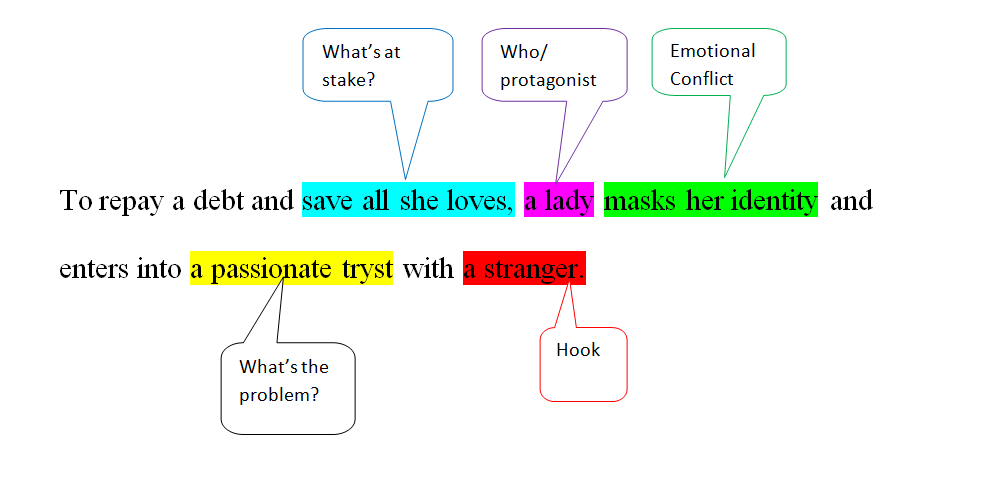Today
I thought I’d talk about that tricksy little sentence – the logline. The
logline is also known as a ‘pitch’ and even sometimes referred to as the ‘elevator
pitch’. So called in the off chance you happen to barrel up a hapless editor in
an elevator and pitch your novel. You’ve only got a few seconds before those doors
open, so you need a sentence that’s short, sharp and grabs their attention.
*Note
an elevator is one thing. Please do not follow the so called hapless editor to
the bathroom still pitching your idea because that’s just a bit creepy.*
A
logline can be useful when pitching a story both in person, online or even in
your query letter. It can also stop the ‘eye glaze’ when your nearest &
dearest ask ‘So what’s your book about?’
However
they can also be a bugger to write. It’s very difficult to take your entire
story and condense it down to one sentence, whilst still keeping the essence of
it. It takes a bit of practice (and maybe a Zen moment with a cup of tea) but
if you persist you can conquer the logline.
The
trick is not only getting as much of the pertinent information into that one
little sentence but also keeping it slick.
I’ve
broken down a handful of my own loglines in the hope that they could help.
So
grab your story and have a go. See if you can compress your story into a finely
crafted sentence. Go on, I know that you can do it! J
Some
publishers will call for pitches using loglines. For example Carina Press has
just held their #CarinaPitch on Twitter. Here you not only had to have a
logline but it had to meet the Twitter criteria of consisting of 140
characters.
Julianna
Keyes wrote a very interesting article on crafting 140 character loglines. I’ve
included the link -
Thanks for stopping by.
Nicóle xx







Thanks for this article, Nicole. Timely in my case. I need to get back to the nucleus of the story, the nitty-gritty, so I can complete the book without roving aimlessly in the wilderness..
ReplyDeleteHi Vonnie, so glad it could be of some use. Thanks for stopping by. :)
DeleteThank you for such an informative article Nicole. I love the way you've broken it down in its component parts.
ReplyDeleteThanks Elizabeth. Just trying to demystify the dratted logline. Hope it's useful. :)
DeleteVery helpful! Shared.
ReplyDeleteThanks so much, Flossie. :)
DeleteI like the way you've broken down each component of the log line. Very helpful.
ReplyDeleteI like the way you've broken down each component of the log line. Very helpful.
ReplyDeleteHi Loretta, glad it was helpful. Thanks so much for stopping by. :)
DeleteSuch a helpful post Nicole. Thank you. Breaking it down into relevant pieces was brilliant.
ReplyDeleteAw, thanks Cassandra! :)
DeleteVery helpful. Now I just have to try it!
ReplyDeleteThanks Nicki - I'm sure you'll nail it. :)
DeleteGreat article, this is probably one of the trickiest jobs of a writer but also one of the most important.
ReplyDeleteThanks so much for stopping by and saying hello. :)
Delete